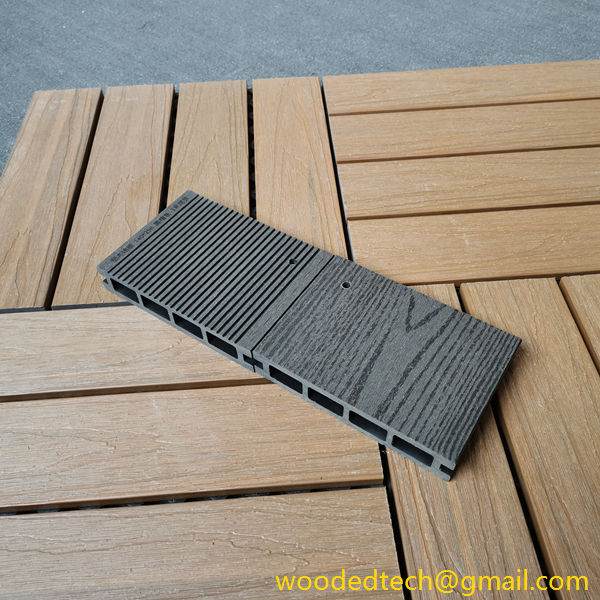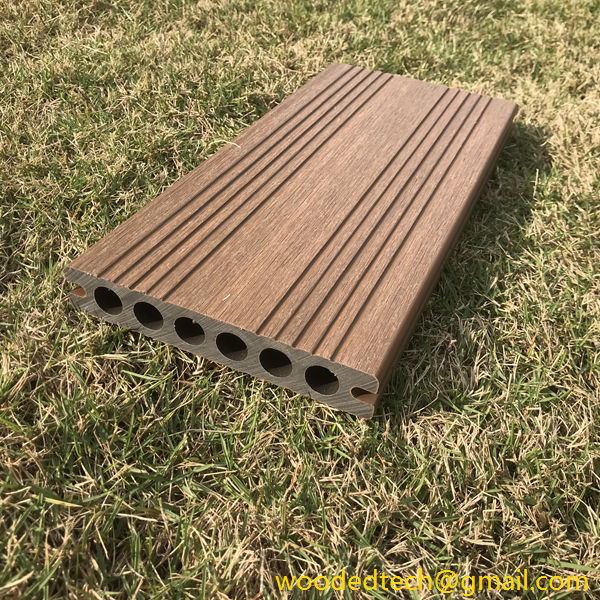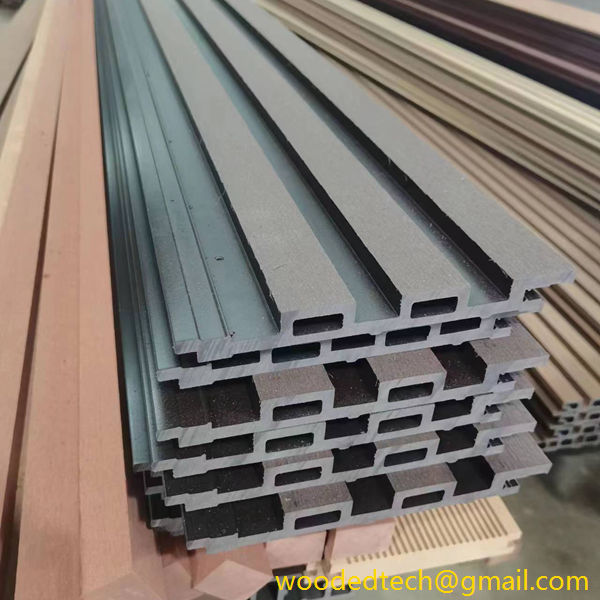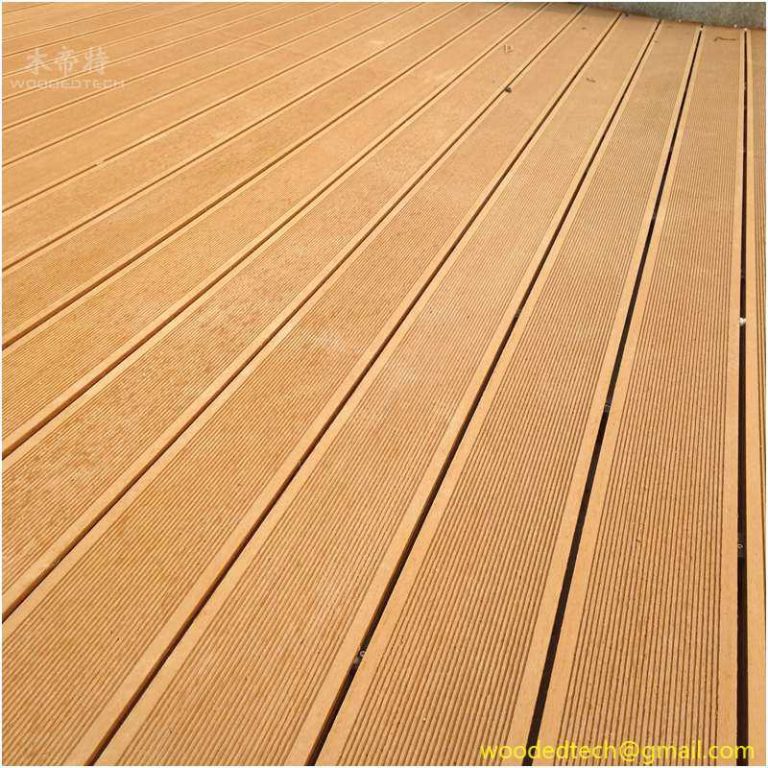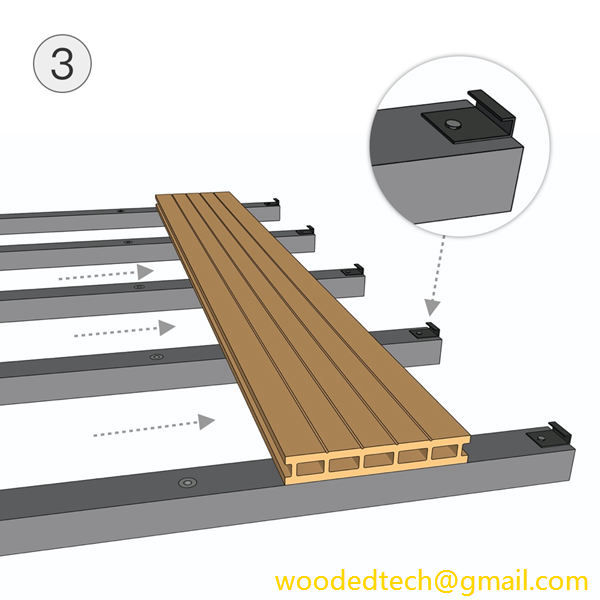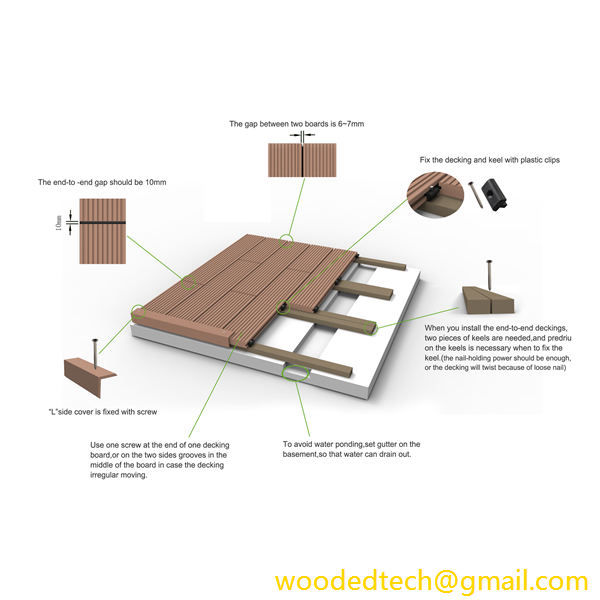WPC Flooring Size Variations
Wood Plastic Composite (WPC) flooring has gained significant popularity in recent years due to its unique blend of natural wood and plastic materials. This innovative flooring solution offers numerous advantages, particularly in terms of durability, aesthetics, and maintenance. One crucial aspect that often influences the decision to choose WPC flooring is its size variations. Understanding how these size variations impact the performance of WPC flooring can provide valuable insights for potential buyers and installers.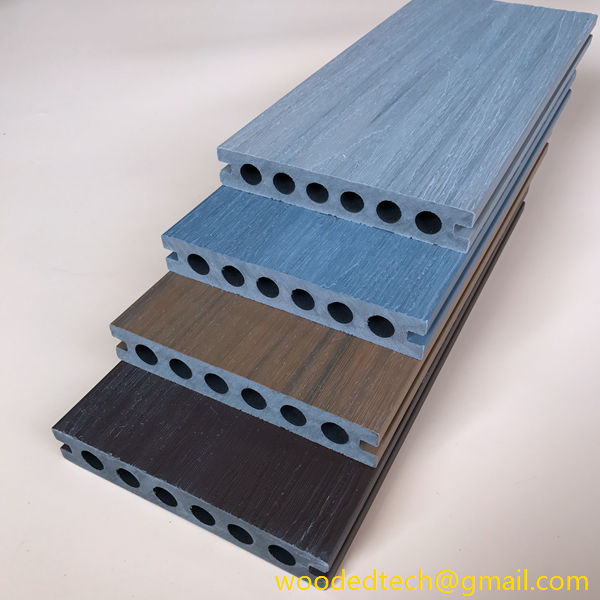
WPC flooring is typically available in various sizes, including different widths, lengths, and thicknesses. These size variations can influence not only the aesthetic appeal but also the material performance under various conditions. For instance, wider planks can create a more seamless look and reduce the number of seams in a space, which can enhance the overall visual appeal. However, wider planks may also be more susceptible to movement due to temperature fluctuations and humidity changes. This is because larger surface areas can expand and contract more significantly than narrower boards. Therefore, while wider planks may be visually appealing, they may require careful consideration regarding environmental conditions to prevent issues such as warping or buckling.
On the other hand, narrower planks may offer more stability in fluctuating environments. Their smaller size can reduce the risk of movement, making them a suitable choice for areas that experience significant changes in temperature and humidity. However, the aesthetic impact of narrower planks might not be as desirable for some homeowners, as they can create a busier look with more seams. Balancing aesthetic preferences with performance characteristics is essential when selecting the size of WPC flooring. 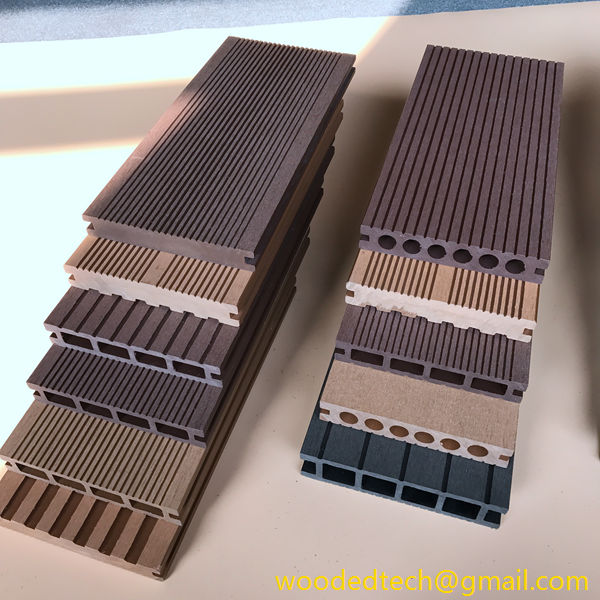
The thickness of WPC flooring is another critical factor that affects its performance. Thicker planks generally provide enhanced durability and resistance to wear and tear. They are less likely to show signs of damage from heavy foot traffic or furniture placement. Additionally, thicker flooring can offer better sound insulation, which is particularly beneficial in multi-story buildings or homes where noise reduction is a priority. However, thicker planks may also require a more robust subfloor to support their weight, which can impact installation costs and complexity.
Moreover, size variations in WPC flooring can influence installation methods and costs. Wider and thicker planks may require specialized installation techniques to ensure stability and prevent issues down the line. This can lead to increased labor costs and a longer installation process. Conversely, narrower and thinner planks may be easier to install, making them a more cost-effective option for some projects. Understanding these installation dynamics can help homeowners and builders make informed decisions that align with their budget and project timeline.
Another aspect to consider is the environmental impact of WPC flooring size variations. The production of WPC flooring involves the use of both wood and plastic materials, raising questions about sustainability. Larger planks may require more raw materials, which can have implications on resource consumption. Conversely, smaller planks may generate less waste during production and installation. Therefore, choosing the appropriate size can also reflect a commitment to environmental responsibility, as consumers become increasingly aware of their ecological footprint.
In terms of maintenance, the size of WPC flooring can also play a role. Larger planks may be easier to clean and maintain due to fewer seams that can trap dirt and debris. However, if the surface does become damaged, repairing a larger plank can be more challenging than addressing an issue with a smaller piece. Smaller planks may allow for easier replacement of individual boards, but the increased number of seams can complicate cleaning routines.
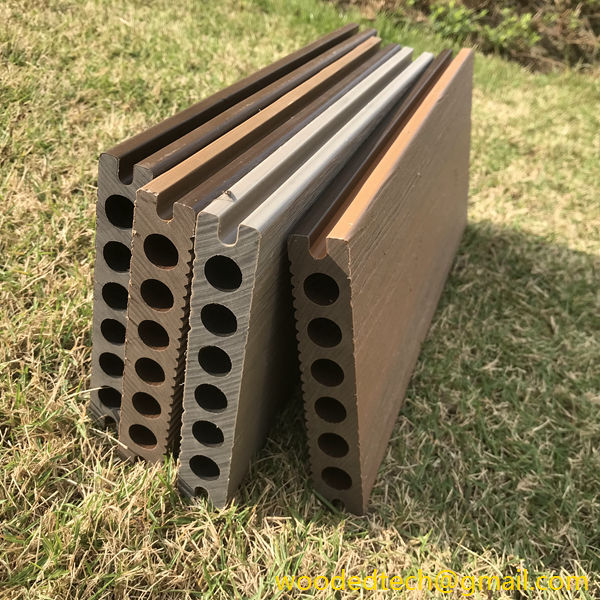
Finally, consumer preferences and market trends can heavily influence the popularity of certain sizes of WPC flooring. As design trends evolve, so do the demands for specific sizes and styles. Homeowners looking for contemporary aesthetics may prefer larger, wider planks, while those seeking a more traditional look might gravitate towards narrow boards. Understanding these market dynamics can help manufacturers and retailers tailor their offerings to meet consumer demands while ensuring that performance and durability remain at the forefront.
In conclusion, the size variations in WPC flooring significantly impact its performance, aesthetics, installation, maintenance, and environmental considerations. Homeowners and builders must carefully weigh these factors when selecting the appropriate size for their projects. By doing so, they can ensure that their choice not only enhances the visual appeal of their spaces but also delivers the durability and functionality that WPC flooring is known for. As the popularity of WPC continues to grow, understanding these dynamics will remain essential for making informed decisions in flooring solutions.

